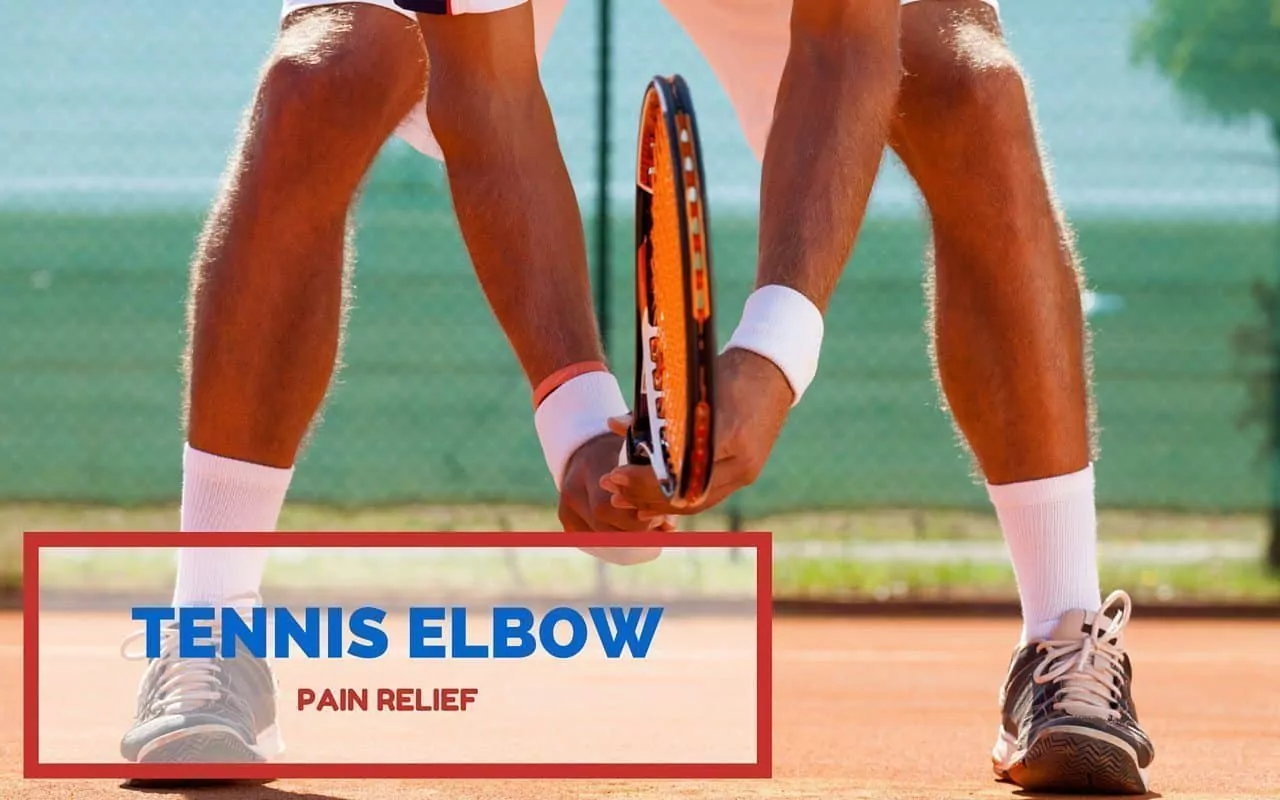
Physical fitness has become an increasingly vital focus of the way we live our lives today. Where as late as the 1970s or 1980s we might have had lifestyles that were more sedentary than anything, these days we live a considerably different way. Many more of us are into sports and basic fitness now, even in comparably casual ways. More people than ever are into this sort of activity on a recreational level, which is truly heartening given the need to counterbalance our otherwise very unhealthful world. Take the game of tennis, for example. Growing in demand and popularity and seen as a sport with longevity. Unless of course you suffer from tennis elbow. Today, people take up sports and active recreation at a very young age, which develops habits that they need going forward.
Tennis elbow is a fairly common condition and people often seek remedies to relieve tennis elbow pain. But what is tennis elbow? This condition is brought about by a swelling of the tendons in the affected area. Tendons are bands of tissue that link muscle to bone, and our joints make particularly good use of them in order to facilitate movement. Inflammation of the tendons can cause pain in the indicated area, and tennis elbow is one such common name applied to this condition. Contrary to what the name suggests, of course, this is not a tennis-exclusive injury that is easily avoided by people who stay far away from the tennis court – this is brought on by any repetitive gripping, particularly if done with the thumb and first two fingers.
Tennis elbow, as previously mentioned, is brought about by repetitive motions that involve gripping. The ailment gets its name from the constant albeit on-and-off gripping seen in tennis, as well as racquetball, fencing, squash and other sports like weight lifting or fencing. This sort of damage can also be seen in other activities that are characterized by repetitive gripping arm movements, such as painting, typing, carpentry, yard work with yard tools, and so on. The stress this puts on the tendon varies according to the intensity and duration of the grip, of course, but over time the cumulative tugging on the tendons can wear the tissue out, to the point of causing microscopic tears.
What are the symptoms of tennis elbow? Mainly, there is pain in the bony portion on the outside of the elbow. This knoblike protrusion is where the tendon connects the muscle to the bone, and if the tendons are affected it will happen here. Pain may be felt in this specific area, as well as radiating upward or downward along the upper or lower arm. While the actual damage is in the elbow itself, the pain can be bad enough to keep you from doing things using your hands. This includes the gripping itself, or lifting, opening doors, raising your hand or straightening your wrist. If this sounds aggravating, it’s because it is – as with most injuries or illnesses, these are the moments we truly realize just how much work our body does that we take for granted.
So, should you happen to have tennis elbow, how do you get tennis elbow pain relief? Pain relief from tennis elbow really depends on how bad it’s gotten. Tennis elbow usually heals on its own as long as you manage to give your elbow a break. There are, however, things you can do to help speed the healing up a bit.
For more information on our Copper Infused Compression Sleeves, Click Here!